
Power Steering Service
Regular car maintenance services probably aren’t a priority amid the daily grind of your life. Unless it’s actively causing an issue, your car’s maintenance schedule is out of sight, out of mind. The problem is, ignoring that schedule increases the chances of a mechanical failure, which will cost you time and money in the long haul. As the saying goes, an ounce of prevention is worth a pound of cure.
Power steering is one of those items that rarely comes up until it’s too late. Over time, the fluid in your power steering system picks up dirt and moisture, resulting in clogged steering components and, eventually, failure. Using a power steering fluid additive and periodically flushing the system will help keep it working properly.
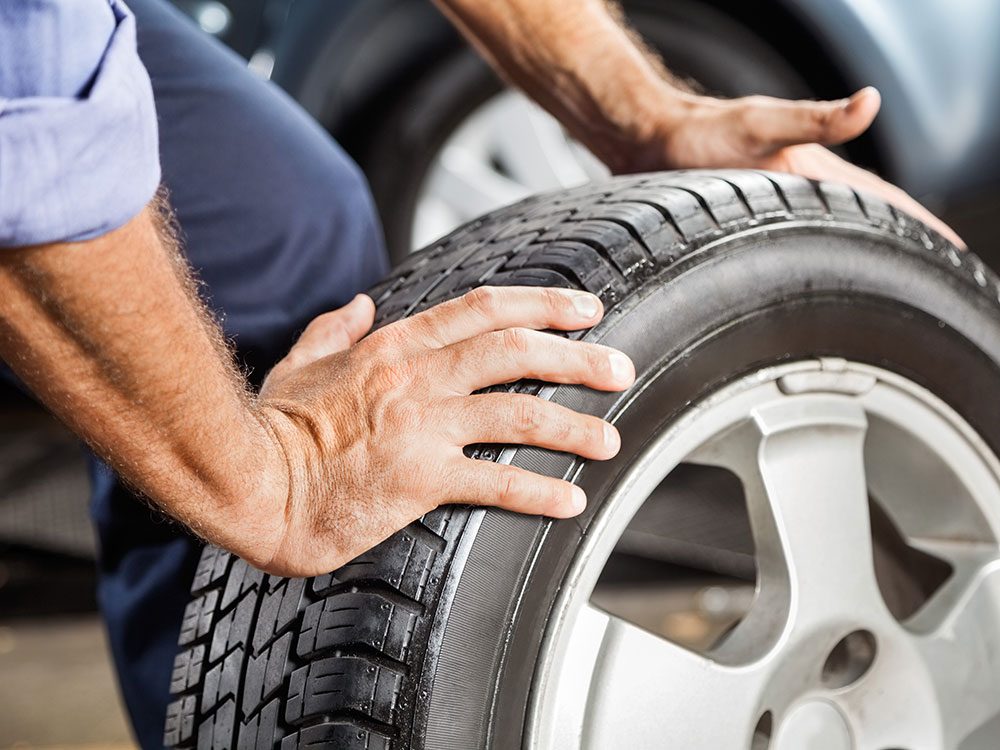
Wheel Alignment
How your wheels are aligned affects not only how the car handles, but also the life of your tires and suspension components. Several factors can cause the alignment to fall out of adjustment, including component wear and potholes. Hitting a curb is a sure-fire way to jar the alignment as well. When the alignment is out, a car may pull to one side or the other, or steer erratically with just a small move of the wheel, making driving extremely risky. Not only that, but even a slight misalignment can lead to uneven and premature tire wear. An annual wheel alignment will ensure that your wheels are pointing the right way.
Don’t miss these expert tips on how to extend the life of your tires.

Differential Service
The differential is the part of your vehicle that transfers input from the transmission to the wheels. Some front-wheel-drive vehicles incorporate this into the transmission, though some have separate units, and all rear-wheel-drive vehicles have a rear differential. The rear axles and differential are located in the rear end housing. Over time, the gear oil breaks down, losing viscosity and becoming less effective at lubricating the differential and wheel bearings. Additionally, the transfer case (if applicable) should be serviced at the same time as the differential. Most manufacturers have a set maintenance schedule for the differential and transfer case fluids.
Find out 13 surprising ways you’re shortening the life of your car.
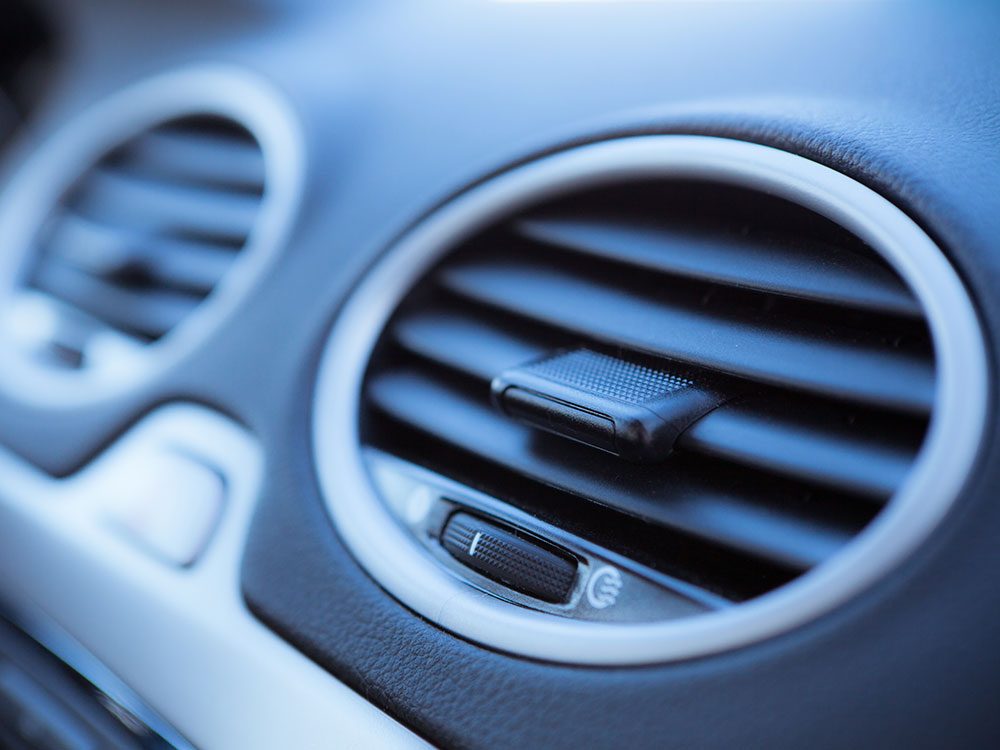
Cabin Air Filter Replacement
When you turn on the AC, does your car smell like a junior-high gym locker? Can you still smell that dead skunk you drove by last week? Does the air coming out of your vents barely move? If so, it may be time to check the cabin air filter. You may not even have known it was there, but this filter helps prevent bad smells, dirt, and debris from entering your car as you drive. Since one side of the filter is directly exposed to the outside environment, it inevitably gets wet. As moisture builds up, mildew and mold spores can develop that stink up the inside of the car. With most vehicles, you can easily change the cabin air filter yourself; just check its location in your vehicle’s manual and pick up a new filter from your local NAPA Auto Parts store. It’ll be nice not to have a car that smells like roadkill anymore.
Here are more cabin air filter facts most drivers don’t know.
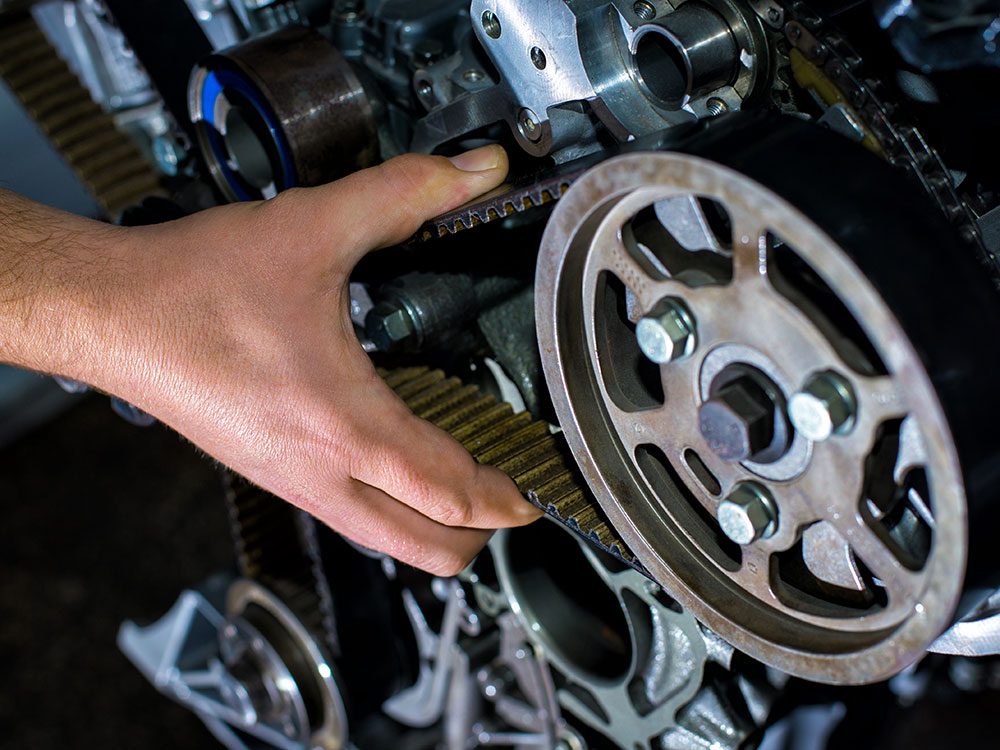
Timing Belt Replacement
Not all vehicles have timing belts. Do not confuse this with the accessory drive belt, which drives the AC compressor, alternator, water pump, and all other engine accessories. The timing belt connects the crankshaft to the camshaft(s). Some engines have external belts, while others use internal belts. Regardless of how they are accessed, these are incredibly important to the function of the engine. If you have what is known as an “interference” engine, a slipping or broken timing belt can not only keep the engine from running, but destroy the internals of the engine itself if the valves and piston collide. Every manufacturer has specific maintenance schedules for the timing belt, so make sure you check your owner’s manual. If your odometer is showing 100,000 kilometres, you need to get your timing belt checked.
Is your “service engine soon” light coming on? Here’s what those dashboard warning lights really mean.
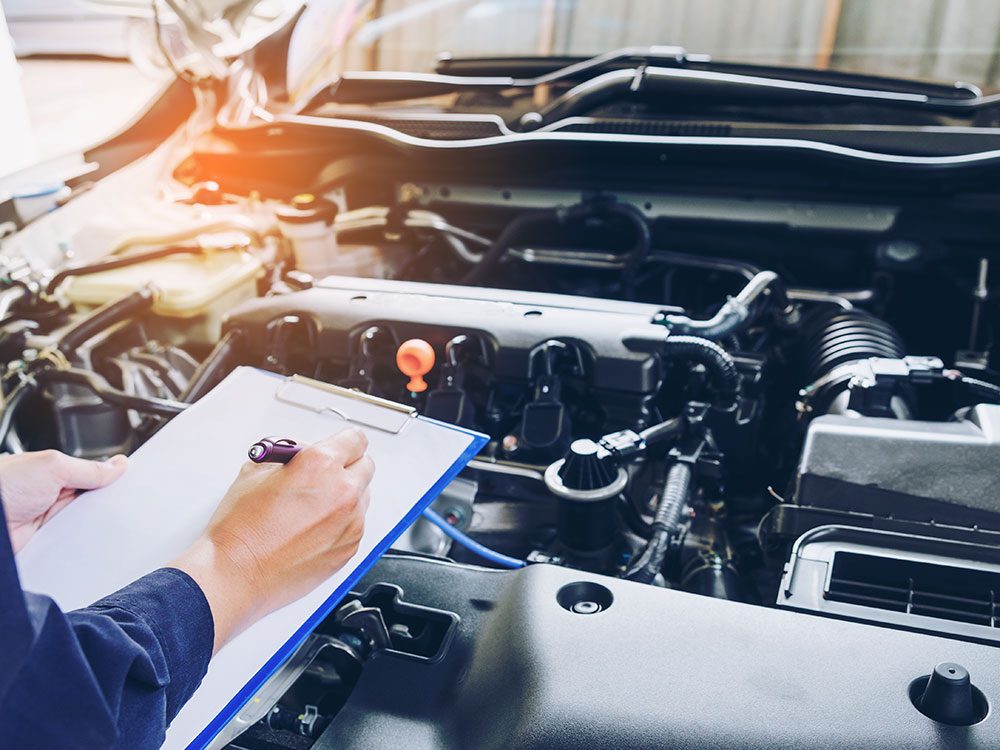
Transmission Service
Leaving your transmission fluid unchecked for 100,000 kilometres is usually a recipe for disaster, so don’t wait that long. Follow your manufacturer’s guidelines on transmission filter and fluid changes, and be sure to check the fluid level at every oil change. Burnt or dark-coloured fluid is a sign of an overheated transmission, and continued use without servicing could lead to internal damage. Check out these step-by-step instructions for changing your car’s transmission fluid.
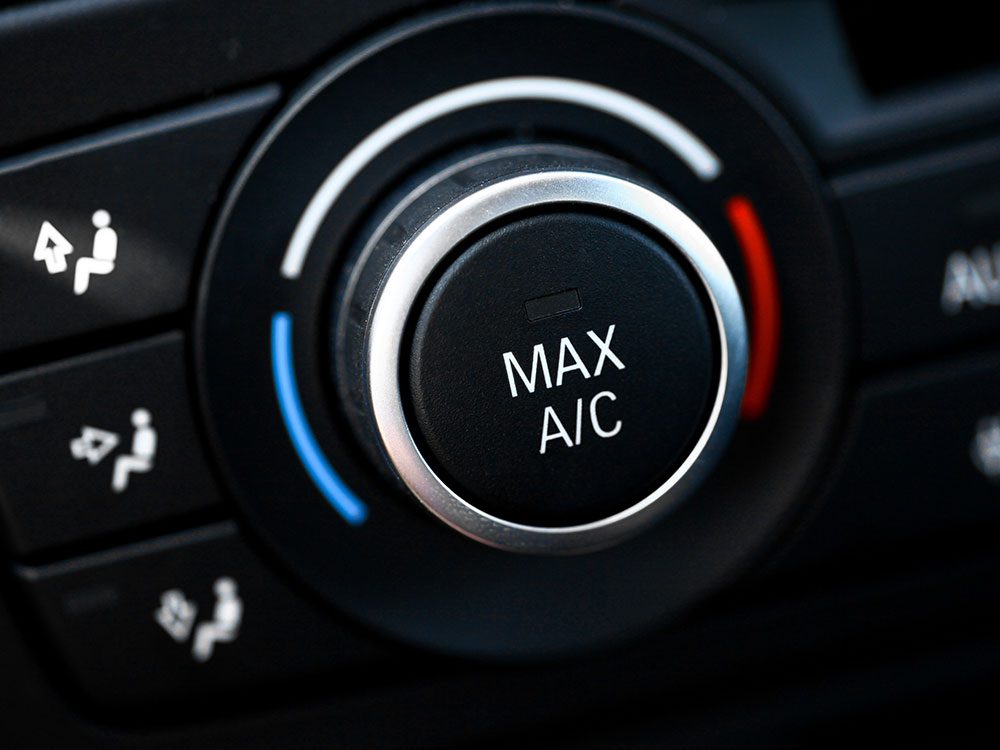
Air-Conditioning Service
When an AC system breaks down, it is usually during blistering heat or brutal cold. The AC compressor contains oils that lubricate the seals and moving parts. Because the AC only sees action in warm weather, these oils can drain away from the places they are needed the most. Switching the AC on for 15 minutes or so once a month will keep those oils circulating so that the seals and moving parts stay functional. Additionally, with an annual car maintenance service, you can get those oils replenished and have the system checked for leaks and proper refrigerant levels.
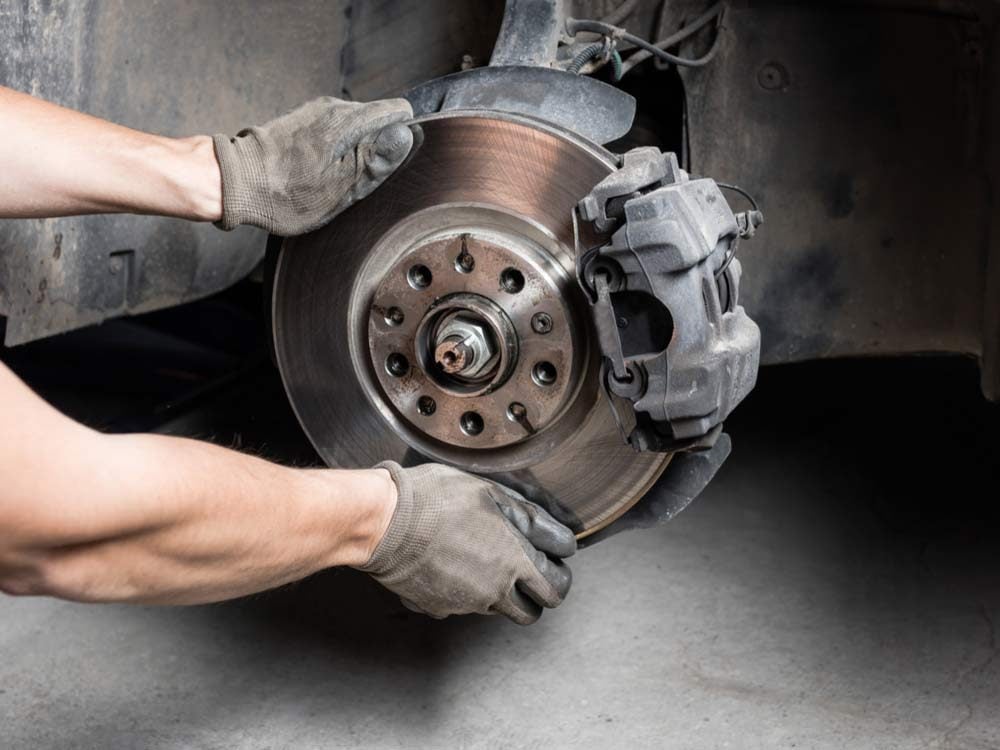
Brake Service
Brake fluid is hygroscopic, which means it can absorb water out of the air. Even though the hydraulic system is sealed, the reservoir is not, meaning it can pull water straight from the air and into the system. Over time, this corrodes the internal workings of your brakes’ hydraulic system. You can use a simple dip strip (available at your local NAPA Auto Parts store) to test your brake fluid. If the fluid is a dirty dark brown colour, it is old and should be flushed and replaced with new fluid.
Here’s what you need to look for when checking your brakes.
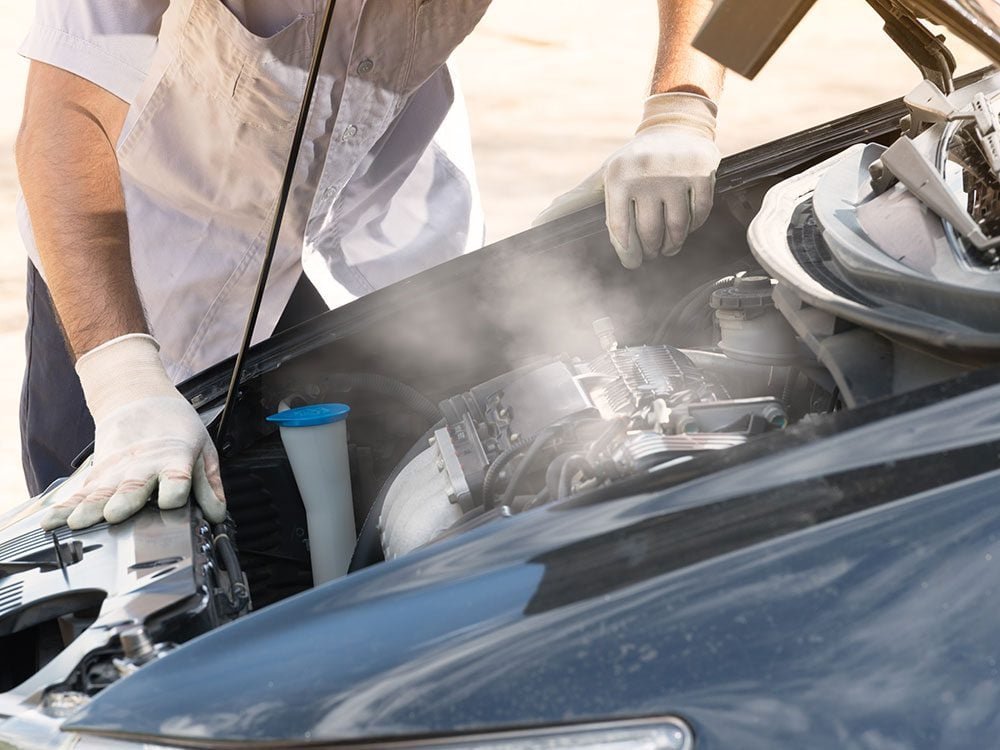
Cooling System
Unless you drive a Corvair or VW Beetle, your engine is likely water-cooled. Because cooling systems involve water, heat, and several types of metal, they are prone to all kinds of potential maladies. Contrary to popular belief, aluminum does in fact corrode, particularly when water and electricity are in close proximity. This is known as electrolysis. Together with rust and degrading coolant, electrolysis can lead to broken parts, cracked blocks, and an overheated engine. Check your coolant for the proper level of antifreeze each winter, and flush the system with fresh fluid every two years.
Learn to spot the telltale signs your car is about to die.

Fuel System Cleaning
Carbon, sludge, and dirt. These nasty bits of junk flow through your fuel system every single second the engine is running. As the buildup grows, less fuel is able to pass through, resulting in loss of engine power, weaker fuel economy, and reduced drivability. Restore the performance and economy of your engine with a fuel system cleaning. In most cases, a twice-yearly fuel additive will do the trick. Be sure to use quality gasoline to avoid dirty fuel.
The few hours it takes to perform these services will add thousands of kilometres to your vehicle. Visit your local NAPA AUTOPRO specialist and create a service schedule today.
Now that you know which car maintenance services are essential, find out what these strange car noises could possibly mean.